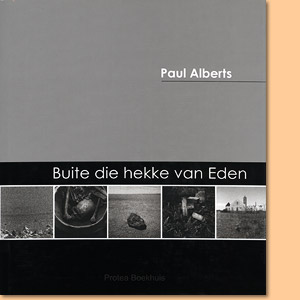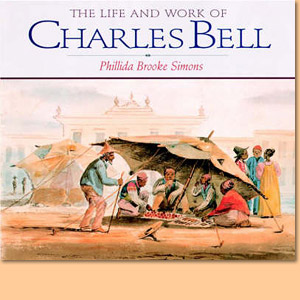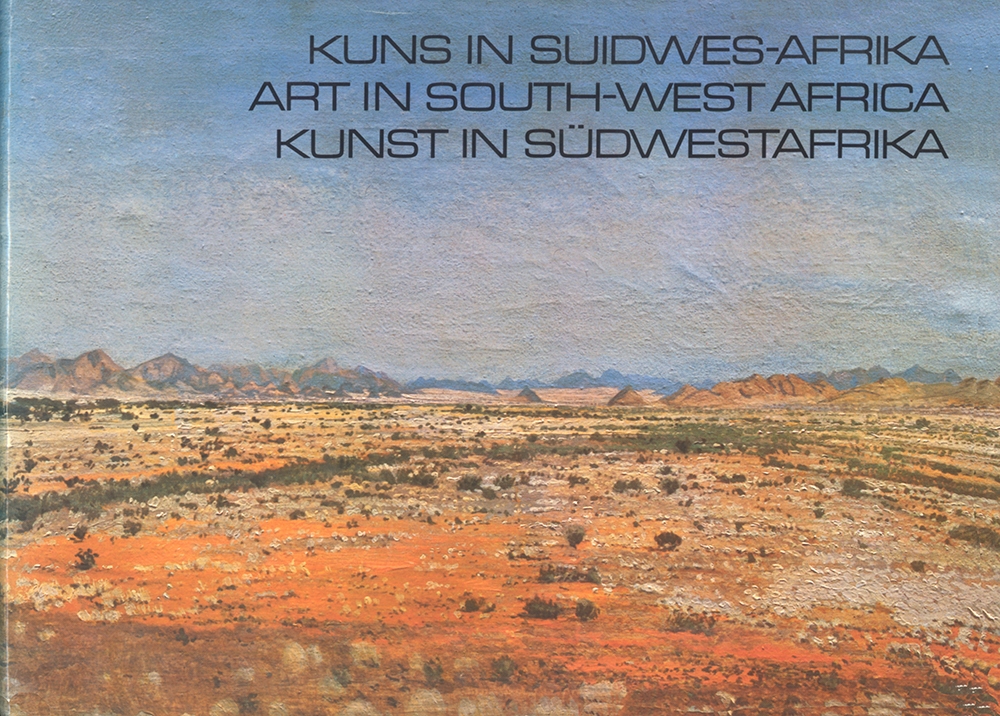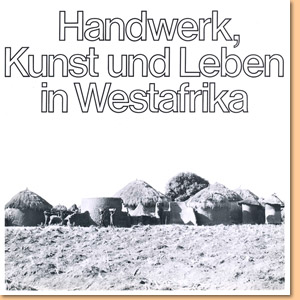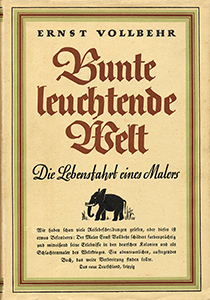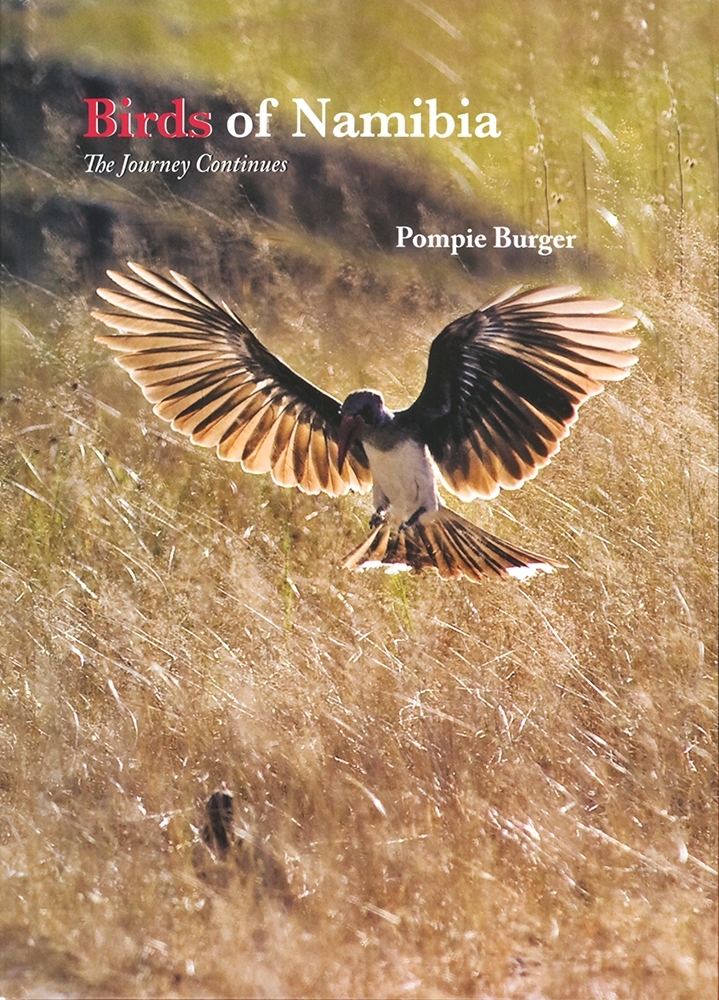Listening to Distant Thunder: The Art of Peter Clarke, by Elizabeth Rankin and Philippa Hobbs
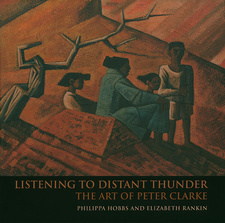
Listening to Distant Thunder: The Art of Peter Clarke, by Elizabeth Rankin and Philippa Hobbs. Random House Struik Fernwood Press. Cape Town, South Africa 2014. ISBN 9781775841616 / ISBN 978-1-77584-161-6
Illustrated with over 200 reproductions and photographs, 'Listening to Distant Thunder: The Art of Peter Clarke' was researched and written by well-known South African art historians Philippa Hobbs and Elizabeth Rankin, in close collaboration with the artist over almost seven years.
Elizabeth Rankin Philippa Hobbs Peter Clarke
Twenty Steps, Simon's Town 1929-45
Simon's Town, where Peter Clarke was born on 2 June 1929 and took his first steps as a boy and as an artist, was an archetypal port where many cultures met and mingled. Economic and class structures shaped its social hierarchies, but only under apartheid was there an attempt to purge the peaceful town of its rich multicultural legacy by declaring it a whites-only area. As Simon's Town formed the originating context for Peter Clarke's life and art, we need to journey into the town's complex history to understand something of the artist's personal heritage. The first dwellers of this and other parts of the Cape Peninsula were San and Khoikhoi groups, who had for centuries led predominantly hunter-gatherer and pastoralist lifestyles. These indigenous peoples were to be displaced over time by European seafarers from the northern hemisphere - from Europe in the west and the Indies in the east. Settlements had gradually been established because of the need for supplies and the repair of ships sailing the commercial routes from Europe around Africa in search of highly valued oriental goods and Asian trade monopolies. Although it was from the caravels of Bartholomew Dias that Europeans first sighted the southern tip of Africa, Portuguese sailors mostly avoided landfall there as they found trading with the indigenes dangerous. The Dutch East India Company, however, established a trading-victualling station at the Cape of Good Hope in 1 652, on the shores of what is now called Table Bay, so that their vessels could refurbish their supplies before they began the northward leg of the long journey to the east or the west. Cape Town, as this settlement became known, gradually developed into a thriving port, but one that was exposed to the ferocious weather that had prompted the area's first Portuguese name, Cabo Tormentoso, the Cape of Storms. After the wrecking of a number of Dutch ships in Table Bay, there were attempts to find alternative harbours. In 1687 Simon van der Stel led a party to investigate the False Bay area, identified as a safer refuge as early as 1671 (Brock and Brock 1976: 13-16). This wide bay offered some shelter from the winter storms with their north-west winds, but it still lay in the path of the formidable south-easter. Van der Stel recommended the use of a relatively protected subsidiary bay, although this idea was not taken up for some time. In 1741 the Dutch East India Company made this bay, which was to carry his name, their official winter anchorage, and the building of the first stores at Simon's Bay was initiated in 1743 by Baron van Imhoff, Governor General of the Dutch East Indies. The Baron's surname was adopted as the name of an inland farm where, under a much later government that deplored the multicultural character of the Cape, the 'coloured' residents of the port, including the Clarke family, would be resettled under apartheid's pernicious Group Areas Act. Half a century after the Dutch arrival there, Simon's Town passed temporarily into the hands of the British, under Rear Admiral Sir Keith Elphinstone, during their first occupation of the Cape after the defeat of the Dutch at the Battle of Muizenberg in September 1795. [...]
This is an excerpt from the book: Listening to Distant Thunder: The Art of Peter Clarke, by Elizabeth Rankin and Philippa Hobbs.
Title: Listening to Distant Thunder
Subtitle: The Art of Peter Clarke
Authors: Elizabeth Rankin; Philippa Hobbs
Publisher: Random House Struik
Imprint: Fernwood Press
Cape Town, South Africa 2014
ISBN 9781775841616 / ISBN 978-1-77584-161-6
Hardcover with dustjacket, 28 x 28 cm, 224 pages, 200 photographs
Rankin, Elizabeth und Hobbs, Philippa im Namibiana-Buchangebot
Listening to Distant Thunder: The Art of Peter Clarke
Listening to Distant Thunder celebrates the life and works of Peter Clarke (1929–2014), one of South Africa’s foremost artists.
Weitere Buchempfehlungen
Buite die Hekke van Eden
Buite die hekke van Eden is ’n unieke publikasie met ’n besondere kultuurhistoriese en artistieke waarde.
10 Years 100 Artists. Art in a Democratic South Africa
The most important work on contemporary South African art yet
The life and work of Charles Bell
A spledid introduciton to the life and work of artist, land surveyor and designer Charles Bell in 19th-century Cape Town.
Kunst in Südwestafrika
Ein seltener, attraktiver und umfangreicher Kunstband über die Kunst in Südwestafrika, Ende der 70er Jahre.
Handwerk, Kunst und Leben in Westafrika
Handwerk, Kunst und Leben in Westafrika war der Titel einer Ausstellung im Niederrheinischen Museum Duisburg, 1976.
Bunte leuchtende Welt. Die Lebensfahrt des Malers Ernst Vollbehr
Ernst Vollbehr beschreibt in 'Bunte leuchtende Welt. Die Lebensfahrt des Malers Ernst Vollbehr' sein Künstlerleben und seine Reisen in aller Welt, auch in den damaligen deutschen Kolonien.
Birds of Namibia. The Journey continues
Birds of Namibia: The Journey continues gives a new, informative and fresh look at our Namibian feathered friends.


